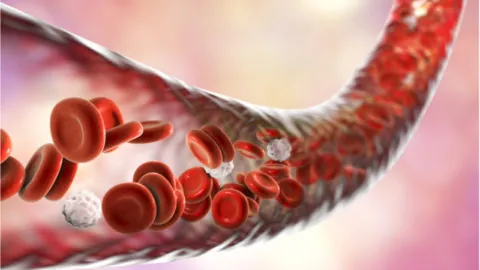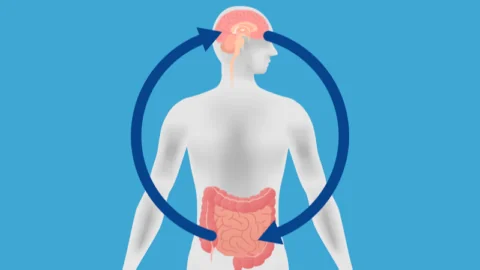April 30, 2020
Today, we want to highlight a new review that takes a look at senescent cell removal therapies and their potential to treat and reverse age-related diseases by reversing one of the aging processes. The current approach of medicine to treating age-related disease is broken The current approach to treating age-related diseases is predominately to treat...
April 28, 2020
A group of researchers has demonstrated that treatment with NMN, a precursor of NAD+, restores neurovascular coupling (NVC) in aged mice [1]. Since NVC deficiency seems to be a major factor in the age-related decline of cognitive and motor functions, this discovery presents exciting new possibilities for longevity research. Neurovascular coupling While the human brain...
April 27, 2020
Researchers have demonstrated that it is possible to restore telomerase activity in stem cells affected by telomere biology diseases, which prevent them from producing telomerase and repairing their telomeres. Telomeres and telomerase Each chromosome that stores our genetic information has a protective cap at each end known as a telomere, a specific DNA sequence that...
April 24, 2020
Researchers have developed a way to modify an existing cancer drug with toxic side effects into something that is less toxic to blood platelets and more effective at removing harmful and inflammatory senescent cells, one of the reasons we age, from mice. What are senescent cells? As you age, increasing numbers of your cells enter...
April 21, 2020
A group of researchers has succeeded in directly reprogramming fibroblast cells into photoreceptors and transplanting them into mice, which resulted in partial restoration of vision [1]. This achievement can potentially lead to the development of cheap and effective treatments for retinopathies such as age-related macular degeneration (AMD), the leading cause of vision loss in older...
April 20, 2020
A new review sheds light on the connection between chronic age-related inflammation, modern lifestyles, and the development of Alzheimer’s disease. Inflammaging is the link between the microbiome, aging, and Alzheimer's disease Aging is accompanied by a chronic, smoldering background of inflammation known as inflammaging. This backdrop of low-grade inflammation contributes significantly to mortality risk in...






